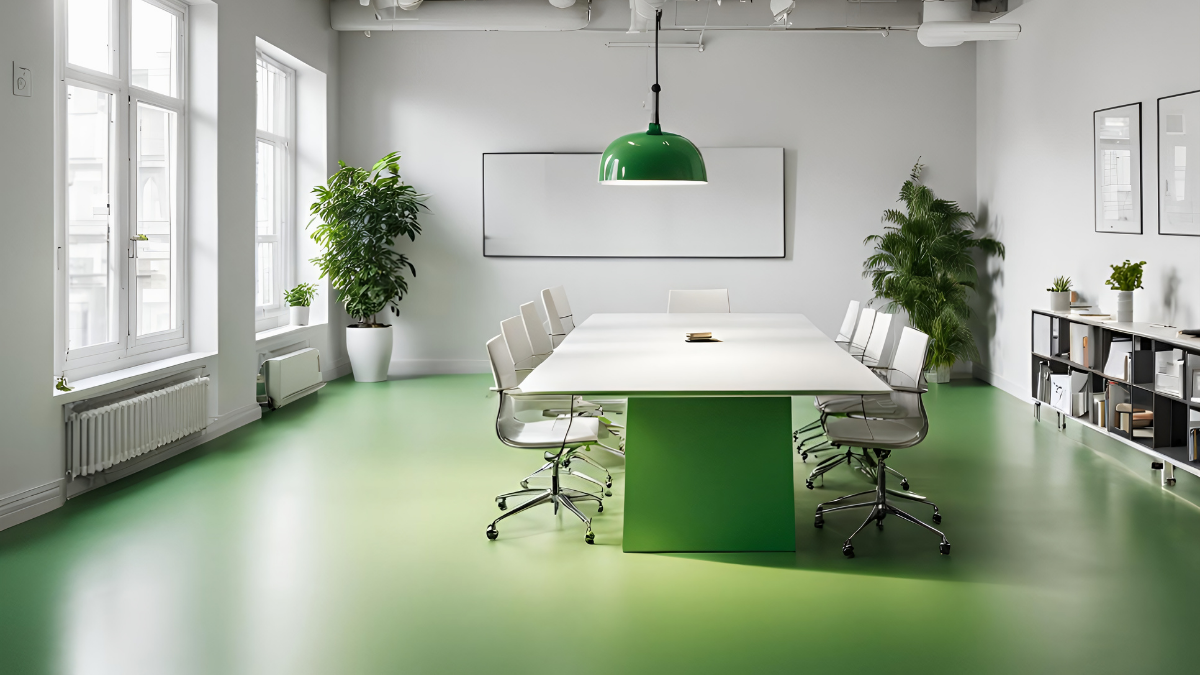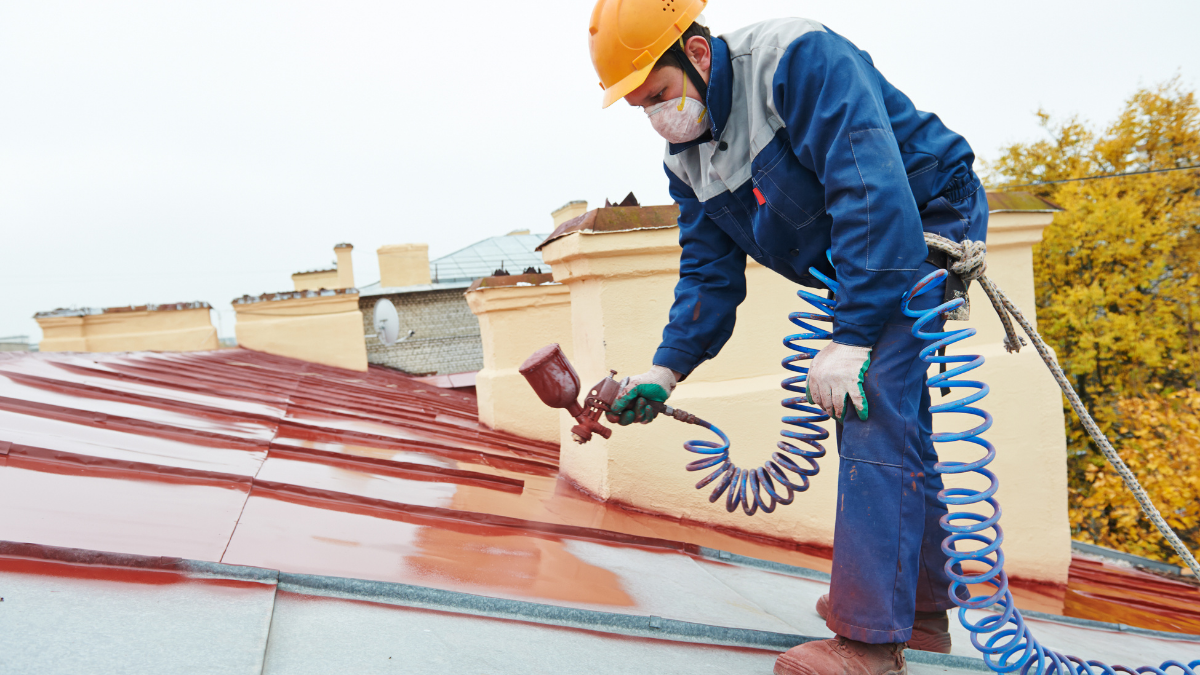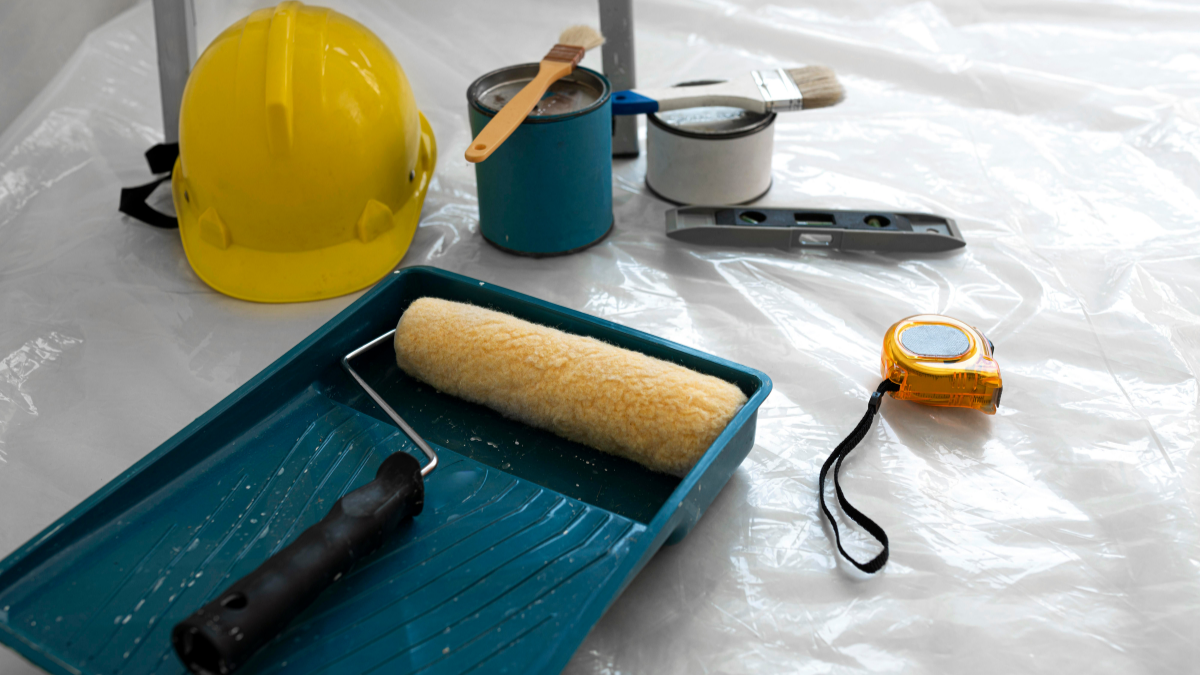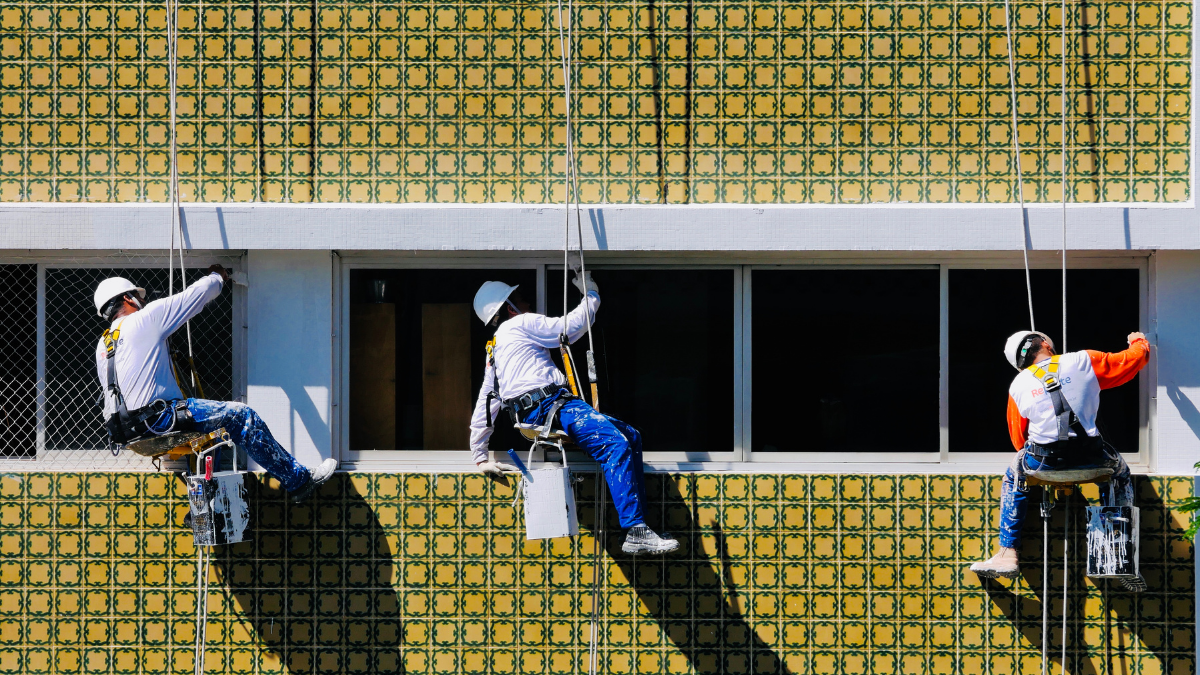Interior vs. exterior commercial painting: different paints, prep, and applications are needed to withstand environmental exposure and ensure durability.
Applying color to a surface may seem like a straightforward task when it comes to commercial painting. But the commercial painting industry is much more complex, particularly when it comes to differentiating between exterior and interior projects. Although the goals of both are to preserve and revitalize a property, the approaches, supplies, and factors involved in each are very different. Achieving a long-lasting, visually appealing, and economical outcome for your company requires an understanding of these differences.
Environmental Exposure: The Hidden Battle
The environmental conditions that each type of paint must endure are where the most basic differences can be found.
Make sure people have a positive impression of your business property. Check out our professional painting services right now!
Painting the Outside: Protecting It from the Weather
Commercial exterior paint is most affected by the harshness of nature. It is continuously exposed to:
- UV Radiation: Paint pigments and binders are relentlessly broken down by sunlight, which eventually causes fading and chalking.
- Temperature Extremes: Paint can blister, peel, and crack due to expansion and contraction brought on by hot summers and cold winters.
- Moisture: If the paint isn’t made to withstand moisture intrusion, rain, humidity, snow, and ice can cause mildew, mold, and rot.
- Pollutants: Industrial pollutants, dirt, and grime in the air can deteriorate and discolor external surfaces.
Owing to these difficulties, exterior paints are designed to be as flexible, long-lasting, and resistant to mildew, fading, and cracking as possible. Generally speaking, they are thicker, have stronger binders, and frequently have moisture and UV protection additives.
Interior Painting: Prioritize Durability and Aesthetics
Commercial interior paint, however, is not exposed to the same extreme environmental conditions. Its main function is to provide resistance to normal wear and tear, aesthetics, and light reflection in a controlled setting. Important things to think about are:
- Durability and Washability: Paints that are resistant to scuffs and abrasions and can tolerate frequent cleaning are necessary in high-traffic areas such as restrooms, offices, and hallways.
- VOC Levels: The quality of indoor air is crucial. To reduce odors and hazardous emissions, interior paints are frequently made with low or no volatile organic compounds (VOCs).
- Aesthetics: A greater selection of colors and finishes (flat, eggshell, satin, and semi-gloss) are offered, with a focus on establishing particular branding or moods.
Application and Prep Work: Customized Methods
There are also notable differences between exterior and interior jobs in terms of preparation and application methods.
The Basis of Longevity: External Preparation
Painting the outside requires careful planning. This frequently entails:
- Complete Cleaning: Use a power washer to get rid of loose paint, mildew, and grime.
- Surface repairs include sanding rough areas, replacing damaged siding, filling cracks, and scraping off loose paint.
- Priming: Using a premium primer to guarantee adherence, prevent stains, and create a level surface for the topcoat.
- Weather-Related Considerations: Temperature, humidity, and wind all have a significant impact on exterior painting’s ability to dry and cure properly.
Interior Preparation: Making Sure the Canvas Is Clean and Smooth
Interior prep is still crucial, but it concentrates on getting a perfect finish in a controlled setting:
- Wiping down walls to get rid of dust and grime is called surface cleaning.
- Sanding and Spackling: Creating a smooth surface by filling in small flaws and nail holes.
- Taping and covering: Preventing paint splatters on fixtures, furniture, and floors.
- Ventilation: Even with low-VOC paints, making sure there is enough airflow to disperse paint fumes.
Did You Know?
That exterior commercial painting is a great investment for businesses? It can raise the curb appeal and value of your property by 5–10%.
Choosing the right painting approach for your commercial property is an investment in its longevity, appearance, and value. By understanding the distinct requirements of interior and exterior painting, you can ensure a successful project that stands the test of time. For expert commercial painting services that deliver quality and durability, call Campione Painters at (404) 587-5723.
Commonly Asked Questions
How frequently should a business building have its paint job done?
A: Depending on the climate, paint quality, and surface material, exterior commercial buildings usually require repainting every five to ten years. Interiors typically last three to seven years, though high-traffic areas may require touch-ups sooner.
Is it possible to find low-VOC paints for both indoor and outdoor applications?
A: Manufacturers are increasingly creating low-VOC exterior paint options, balancing weather resistance and environmental benefits, even though low-VOC paints are mainly linked to interior applications for indoor air quality.



